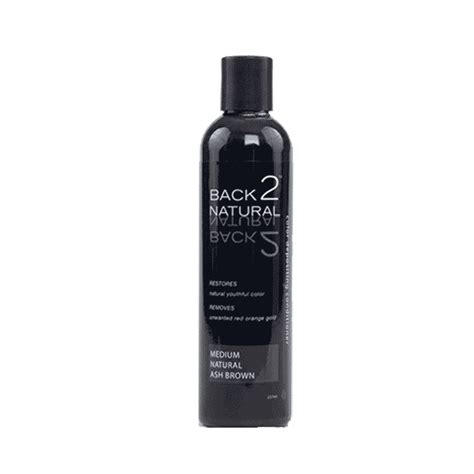Introduction

With the rising awareness about the harmful effects of chemical hair treatments and the beauty of natural hair, many individuals are seeking ways to transition back to their natural hair texture. The Back2Natural Hair System is a comprehensive guide that provides a step-by-step approach to help individuals navigate this journey with confidence.
The Transition Process
- Assessment and Consultation:
- Determine your current hair texture, porosity, and damage level.
- Seek professional guidance from a hairstylist or trichologist to establish a personalized transition plan.
- Detoxification:
- Use clarifying shampoos and deep conditioning treatments to remove product buildup and impurities.
- Eliminate heat styling and chemical treatments to give your hair a chance to reset.
- Protective Styling:
- Opt for protective hairstyles such as braids, twists, or buns to minimize manipulation and breakage.
- Use satin or silk pillowcases and bonnets to reduce friction and tangling.
- Moisturizing and Nourishing:
- Deep condition your hair regularly with rich masks and leave-in conditioners.
- Incorporate natural oils like coconut, olive, or argan oil into your hair care routine.
- Trimming and Hair Care:
- Trim your hair regularly to remove split ends and encourage healthy growth.
- Use wide-toothed combs and brushes to gently detangle your hair.
Benefits of Going Back2Natural
- Improved Hair Health: Natural hair is free from harmful chemicals that can weaken and damage hair.
- Embracing Your Identity: Wearing your natural hair texture promotes self-acceptance and a sense of pride.
- Reduced Hair Loss: Eliminating chemical treatments and avoiding heat damage helps prevent hair breakage and thinning.
- Cost-Effective: Going back to natural hair can save significant money spent on salon treatments and products.
Common Mistakes to Avoid
- Over-washing: Washing your hair too often can strip it of its natural oils, leading to dryness and breakage.
- Harsh Ingredients: Avoid using shampoos and conditioners with sulfates, parabens, and other harsh chemicals.
- Excessive Heat Styling: Heat appliances can damage natural hair, causing frizz, breakage, and dryness.
- Skipping Trims: Regular trims remove split ends and promote healthy hair growth.
- Over-manipulation: Avoid excessive brushing, combing, or styling your hair, as it can lead to breakage.
FAQs
-
How long will it take to transition back to my natural hair texture?
The transition time varies depending on your hair type and damage level, but it can typically take several months or even years.
-
Can I still dye my hair after going back to natural?
Yes, but it’s recommended to use natural or demi-permanent dyes with minimal chemicals to avoid damaging your hair.
-
What do I do if my hair is very damaged?
Prioritize deep conditioning, protective styling, and consulting with a hair professional to address severe damage.
-
How can I maintain my natural hair texture?
Moisturize and nourish your hair regularly, avoid harsh treatments, and use protective hairstyles to maintain healthy growth.
-
What should I look for in natural hair care products?
Opt for products that contain natural ingredients, are sulfate-free, and are tailored to your hair type and texture.
-
How often should I trim my hair?
Trim your hair every 6-8 weeks to remove split ends and promote healthy growth.
Conclusion
The Back2Natural Hair System empowers individuals to embrace their natural hair texture with confidence. By following the step-by-step approach and avoiding common mistakes, you can unlock the beauty and benefits of your natural hair. Remember, transitioning back to natural is a journey that requires patience, self-acceptance, and a commitment to healthy hair practices.
